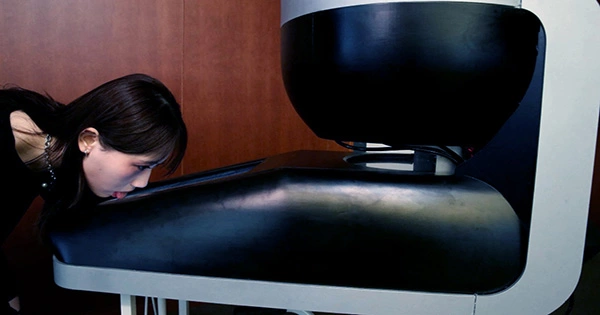An induction coil (sometimes known as a “spark coil”) is a type of electrical transformer that generates high-voltage pulses from a low-voltage direct current (DC) supply. is a sort of electrical transformer that generates high-voltage pulses from a low-voltage direct current (DC) supply. To generate the flux variations required to induce a voltage in the secondary coil, the direct current in the primary coil is frequently interrupted by a vibrating mechanical contact known as an interrupter.
The induction coil was the first type of transformer, invented in 1836 by the Irish-Catholic priest Nicholas Callan and further developed by Charles Grafton Page and others. Between the 1880s and the 1920s, it was frequently utilized in x-ray machines, spark-gap radio transmitters, arc lighting, and quack medical electrotherapy equipment. Today its only common usage is as the ignition coils in internal combustion engines and physics education to show induction.
Basic construction
An induction coil is essentially two wire coils twisted around a soft iron core. The primary coil, which is typically made up of fewer turns of thicker wire, is connected to a low-voltage DC power source. The secondary coil, which often has more turns of finer wire, is connected to a spark gap or other discharge mechanism.
When DC power is given to the primary coil, it generates a magnetic field within the iron core. This magnetic field creates a high-voltage current in the secondary coil via electromagnetic induction. The voltage induced in the secondary coil is proportional to the number of turns in the primary coil divided by the number of turns in the secondary coil. The voltage can be increased further by interrupting the current flow in the primary coil, which induces a rapid change in magnetic flux, resulting in a higher voltage induced in the secondary coil.
Induction coils are commonly used in applications such as:
- Spark ignition systems in internal combustion engines.
- Ignition coils in gas discharge lamps and neon signs.
- Medical devices such as defibrillators and electrotherapy machines.
- High-voltage power supplies for scientific experiments and equipment.
- Wireless telegraphy and early radio transmission systems.
Despite advances in solid-state electronics, induction coils continue to find use in applications that demand high-voltage pulses. In many modern applications, nevertheless, they have been entirely superseded by more efficient and compact solid-state electronics.
















